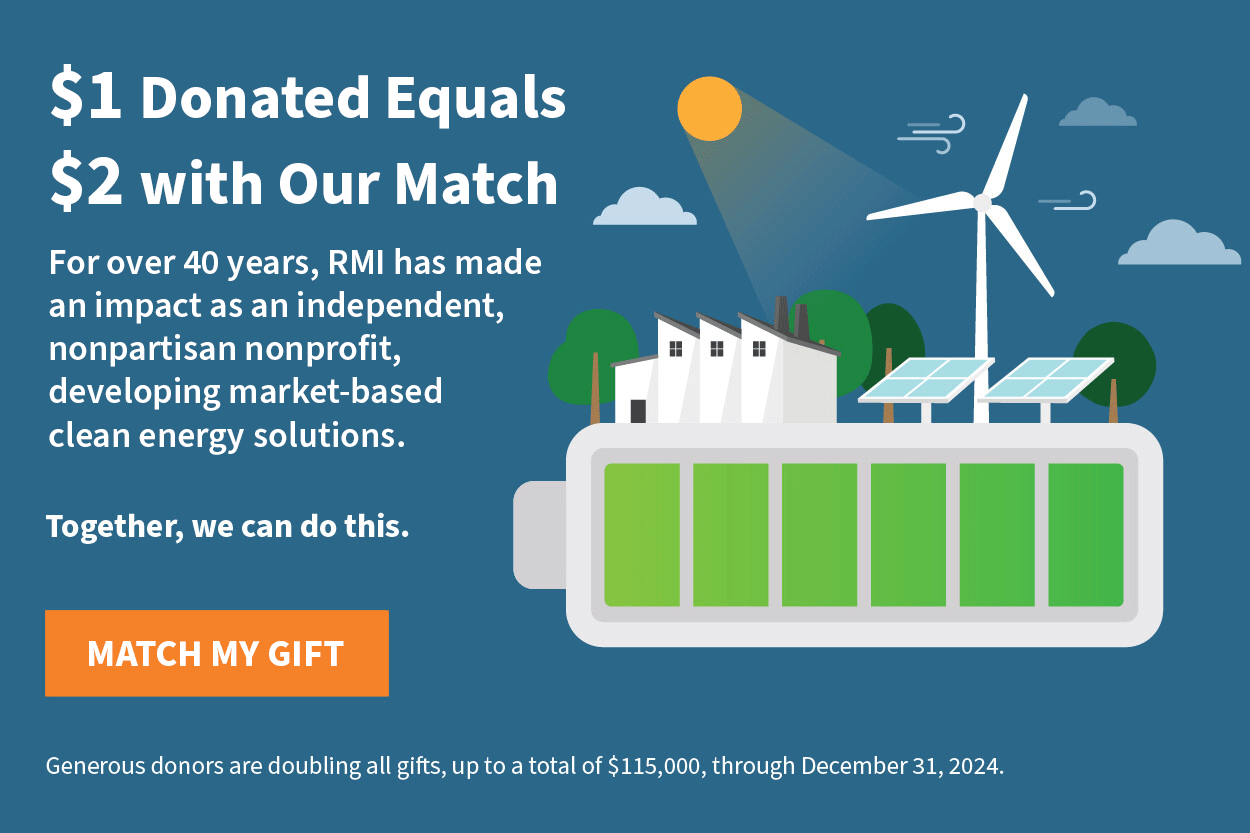
States Move Swiftly on Performance-Based Regulation to Achieve Policy Priorities
Performance-based regulation (PBR) has gained significant traction in the United States in the past year and a half, with four new states — Connecticut, Illinois, North Carolina, and Washington — enacting laws authorizing PBR. PBR is an approach to regulating electric utilities that aims to align a utility’s profit motives with societal goals, such as decarbonization and resilience. Broadly speaking, PBR provides an alternative to the traditional “cost of service” regulation by compensating utilities for how they perform rather than for selling more electricity or making new infrastructure investments.
A look at the current regulatory landscape shows that states are increasingly turning to PBR to address goals such as reliability, emissions reductions, and cost control. In this article we’ll examine some of the emerging trends in performance-based regulation — and ways that states now implementing or considering PBR can learn from the early adopters.
PBR Is Gaining Traction
PBR is becoming much more common among states looking to create a greener grid. Twenty states, plus Puerto Rico and Washington, D.C., have enacted policies directing the utility sector to reduce grid emissions. Of those, 17 have either enabled or are currently implementing PBR mechanisms.
These 17 states represent a diverse cross-section of political perspectives, demographics, and market structures. But they share a concern that the incentives driving utilities today may not support investments and operational decisions that deliver on state decarbonization goals in a way that ensures energy costs are affordable and equitable, increases resilience in the face of extreme weather, and proceeds sufficiently quickly. With only eight years remaining to halve emissions and get society on a path to limit climate change to 1.5°C of warming, there is little time to waste.
PBR Increasingly Leveraged for Reliable and Affordable Decarbonization
Since PBR intends to align utility investments and actions with performance, the policy goals legislators highlight in PBR legislation offer important guidance about what areas of performance regulators should prioritize in designing and implementing PBR. To better understand the policy motivations driving interest in PBR, we looked at PBR legislation that has been enacted in seven states since 2018. Our review found that states cite as many as 17 different policy goals for PBR, with reliability, emissions reductions, and cost control among the most commonly cited goals.
It's not a huge surprise that these goals rise to the top. All seven states that have enacted PBR legislation in the past four years have set zero or net-zero emissions targets for the electricity sector. Recent extreme temperature events in Texas, California, and the Midwest have led to blackouts and price spikes, exacting a costly human and economic toll and putting concerns about grid reliability into stark relief. The COVID-19 pandemic and economic fallout have increased regulatory scrutiny of costs and impacts on customers. PBR offers a framework and tools for addressing many of these challenges.
Time Is of the Essence
The four most recent states to enact PBR legislation have set aggressive timelines for PBR regulatory proceedings. The Illinois Energy Transition Act allowed regulators at the Illinois Commerce Commission approximately two months after passage to conduct workshops and produce a report on utility performance metrics. Similarly, regulators at the North Carolina Utilities Commission were allowed only four months to adopt rules that will guide the PBR application process. At the other end of the spectrum, Hawaii’s Public Utilities Commission, an early pioneer among US states transitioning to PBR, took approximately 33 months to investigate, seek input from stakeholders, and develop a framework to govern PBR implementation.
Fortunately, to meet rapid deadlines, regulators can borrow from a rapidly expanding set of examples and resources in other jurisdictions. A number of commissions, including the Minnesota PUC, have adopted principles to guide the design of performance incentives, for instance. The Nevada PUC provided stakeholders with a template for evaluating the existing regulatory system against priority regulatory goals. These resources and others can be adapted by states pursuing similar goals.
Utilities Are Often in the Driver’s Seat
Not only do legislators want to see action, but they are also increasingly entrusting utilities with a leadership role. For example, in Washington, electric utilities must file proposals for multiyear rate plans — signature PBR mechanisms that set customer rates for an extended period to provide utilities with revenue certainty, encourage cost control, and decrease regulatory costs. Regulators at the Washington Utilities and Transportation Commission have not yet finalized their policy statement on PBR, but the utilities have already begun filing PBR applications. As a result, the Commission and stakeholders must review the merits of PBR applications before they have established a common basis for evaluation.
PBR statutes in Washington, Illinois, and North Carolina grant utilities the discretion to file PBR applications for Commission consideration. Utilities in these states have been given an opportunity to step into the role of innovators in defining how they will pursue the state’s energy goals. This opportunity offers utilities the chance to become leaders in transparency, embrace input and guidance from underrepresented voices, and incorporate stakeholders’ insights during the transition to PBR. However, regulators continue to have a critical role in setting, overseeing, and monitoring the performance standards associated with PBR, despite reliance on utilities to take a leadership role in recent legislation.
Building the Plane While Flying It
PBR can be a win-win for customers, society, and utilities when designed thoughtfully, but it is not a salve for all the challenges facing the electricity sector. Pervasive challenges like achieving widespread energy efficiency deployment, continued peak load growth, and ensuring that zero-emissions capacity is poised to offset coal retirement may require complementary mechanisms like climate-aligned energy efficiency standards and financing tools like securitization. Moreover, the industry is just beginning to grapple with how PBR can be leveraged to steer the electricity sector toward an affordable, equitable, and decarbonized future. Even under a well-designed PBR regime, these challenges will require creativity, an iterative spirit, and follow-through.
Recent PBR legislation has shown that states are increasingly placing their trust in PBR to quickly address challenges that prove difficult to address cost-effectively under traditional cost of service regulation. Now that mandates to move quickly are in place, it’s up to the utilities and their regulators to rise to the occasion and help realize a reliable, decarbonized, and affordable energy future.
